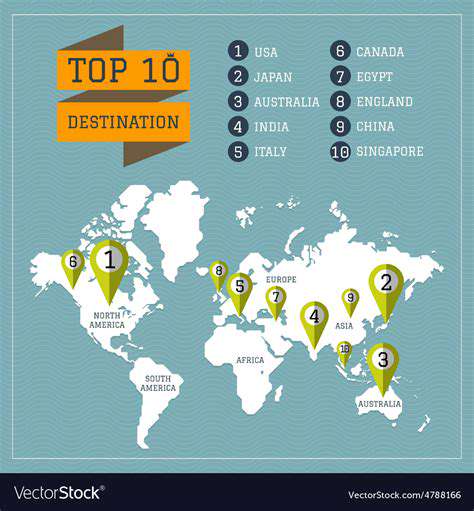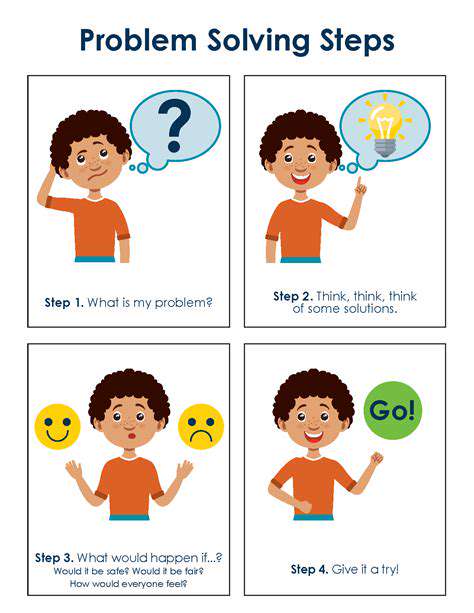Guide to Motorcycle Road Trips
Exploring Different Motorcycle Types
Picking the right motorcycle isn't just about looks - it's about finding your perfect match on two wheels. Whether you're drawn to the sleek lines of a sportbike or the laid-back vibe of a cruiser, your choice should reflect how and where you'll ride most often. Think about your typical routes: Will you be carving mountain curves or cruising coastal highways? The answer might surprise you.
Adventure bikes offer incredible versatility, while touring models pamper you on long hauls. Don't overlook standard motorcycles either - their balanced design makes them ideal for daily commuting. Remember, the best bike isn't necessarily the fastest or flashiest, but the one that fits your lifestyle like a glove.
Considering Your Riding Experience
New riders often make the mistake of choosing bikes that overwhelm them. There's wisdom in starting small - lighter machines with manageable power let you build skills without intimidation. That 600cc supersport might look tempting, but a 300cc standard could be your smarter first love.
Seasoned riders face different challenges. Upgrading? Consider how your skills have evolved. Maybe it's time for that touring bike with all the bells and whistles, or perhaps a dual-sport to explore new terrain. Either way, honest self-assessment prevents costly mistakes.
Budgeting for Your Motorcycle Purchase
Motorcycle ownership involves more than the sticker price. Insurance, maintenance, and proper gear can add 30-50% to your initial investment. Smart buyers create a spreadsheet comparing total cost of ownership across their top choices. Don't forget to factor in depreciation - some brands hold value remarkably well.
Pre-owned bikes offer significant savings, but require careful inspection. Consider bringing a mechanic friend or paying for a professional evaluation. That great deal might need $2,000 in immediate repairs you didn't anticipate.
Assessing Your Riding Style and Needs
Your motorcycle should complement your personality and practical needs. Weekend warriors might prioritize performance, while daily commuters need reliability and comfort. Ask yourself: Will this bike still excite me after the honeymoon phase wears off?
Consider passenger needs too. Some bikes accommodate riders comfortably, while others relegate them to torture racks. If you frequently carry gear, evaluate luggage options before buying. These practical considerations often outweigh pure aesthetics.
Researching and Evaluating Different Models
Online forums reveal what owners really think after years of use. Look for consistent complaints about particular components or design flaws. Manufacturer recalls and common aftermarket modifications tell you where bikes typically need improvement.
When test riding, pay attention to ergonomics. Can you comfortably reach controls? Does the seat position strain your back? These factors become magnified on longer rides. A bike that feels just okay in the showroom might become unbearable after an hour on the road.
Mapping Out Your Route: Crafting the Perfect Itinerary
Planning Your Motorcycle Adventure
Great rides begin with thoughtful preparation. Route planning involves balancing ambition with realism - that 500-mile day might sound heroic until hour eight in the saddle. Build in flexibility; sometimes the best memories come from unplanned detours.
Seasonal factors dramatically affect riding conditions. Desert routes that are pleasant in spring become ovens by summer. Mountain passes may close unexpectedly due to weather. Checking road conditions with local tourism offices can prevent nasty surprises.
Essential Gear and Safety Precautions
Your helmet is the most important purchase you'll make - never compromise on quality here. Look for DOT and ECE certifications, and replace any helmet that's been in an accident, regardless of visible damage. Modern armored jackets and pants offer protection without the bulk of older designs.
Pack a basic tool kit tailored to your bike. Include tire repair supplies, spare fuses, and anything unique to your motorcycle's design. Knowing how to use these tools matters more than having them - consider taking a basic maintenance course.
Navigating the Route and Avoiding Pitfalls
Technology helps, but don't become dependent on it. Paper maps make excellent backups when electronics fail. Mark potential bailout points where you can shorten the route if needed. Rural areas often have spotty cell service, so download offline maps for critical sections.
Watch for gas station deserts where stations are scarce. Some mountain routes have 100+ mile stretches without services. Apps like GasBuddy help locate stations, but verify they're still operational - rural businesses come and go.
Accommodation and Food Considerations
Motorcycle-friendly lodging understands your needs - secure parking, early breakfasts, and space to work on your bike if needed. Many riders swear by mom-and-pop motels over chains for their local knowledge and flexibility.
Pack high-energy snacks that won't melt in your tank bag. Staying hydrated prevents fatigue, but balance fluid intake with restroom availability on your route. In remote areas, grocery stores may offer better options than restaurants.
Packing Smart: Essentials for a Smooth Ride
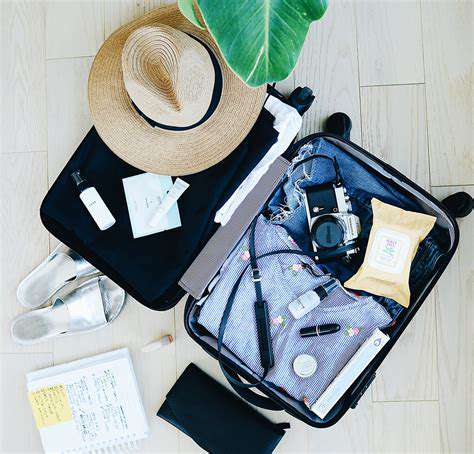
Packing Light: The Art of Minimalism
Strategic packing transforms your riding experience. Every extra pound affects handling and fuel economy - challenge yourself to pack 20% less than you think you need. Roll clothes instead of folding to save space and reduce wrinkles.
Prioritize multi-use items. A sarong can be a towel, blanket, or sunshade. Zip-off pants convert from riding gear to casual wear. This approach lets you prepare for various situations without overpacking.
Clothing Choices: Smart Selections
Merino wool outperforms cotton for travel - it resists odors, regulates temperature, and dries quickly. Two merino t-shirts can replace four cotton ones, radically reducing your load. Pack dark colors that hide road grime between washes.
Waterproof layers trump umbrellas on bikes. Look for compact, breathable rain gear that fits over your riding jacket. Don't forget warm layers - desert nights and mountain passes get surprisingly cold.
Toiletries: Space-Saving Strategies
Transfer liquids to small containers - you'll rarely need full-size products. Solid shampoo bars last longer than liquids and won't leak. A small microfiber towel dries quickly and takes minimal space. Consider multi-use products like tinted sunscreen that combines skincare and sun protection.
Electronics: Essential Gadgets
Prioritize devices that serve multiple purposes. Your smartphone can be camera, GPS, and entertainment. A compact power bank is more valuable than extra gadgets. Waterproof cases or bags protect electronics from unexpected rain.
Documents and Essentials: Keeping it Compact
Scan important documents and store them in cloud storage as backup. Carry physical copies in a waterproof pouch - laminating them adds durability. Include emergency contacts and medical information where it's easily accessible.
Cough-induced headaches often stem from pressure changes in the head during forceful coughing. The sudden exertion can trigger tension-type pain or even brief but intense headache episodes, particularly in those prone to migraines.
Fueling Your Trip: Planning for Stops and Refueling
Planning Your Fuel Stops
Fuel strategy varies by region. In western states, stations can be 100+ miles apart, while eastern routes offer more options. Download apps like GasBuddy to find stations with ethanol-free fuel - better for your engine and mileage.
Understanding Your Motorcycle's Fuel Efficiency
Real-world mileage often differs from manufacturer claims. Track several tanks to establish your actual range. Remember, headwinds, elevation changes, and aggressive riding can slash your expected range by 30%. Always plan to refuel when you hit reserve, not when you're running on fumes.
Selecting the Right Fuel
Modern fuel-injected bikes typically handle ethanol blends better than carbureted models. If storing your bike, fill up with ethanol-free gas to prevent moisture absorption. In developing countries, stick to major brand stations - questionable fuel quality can ruin your trip.
Safety First: Essential Considerations for a Safe Ride

Preemptive Safety Measures
Develop a pre-ride checklist and use it religiously. Five minutes checking tire pressure, fluids, and lights can prevent hours stranded roadside. Include less obvious items like checking for loose bolts or worn brake pads.
Personal Protective Equipment (PPE)
Gear technology has advanced dramatically. Modern airbag vests deploy in milliseconds during crashes - consider this potentially life-saving investment. Don't overlook proper footwear - riding boots should protect ankles while allowing gear shifting.
Emergency Preparedness
Program emergency contacts into your phone's lock screen. Carry a small first aid kit with trauma supplies - tourniquets and quick-clot gauze can be lifesavers. Take a wilderness first aid course - standard first aid often doesn't address motorcycle-specific injuries.
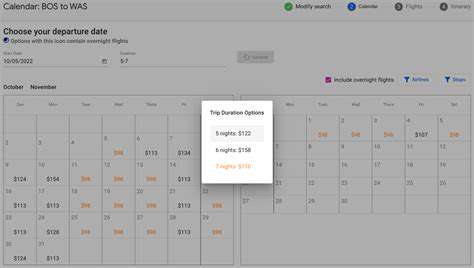
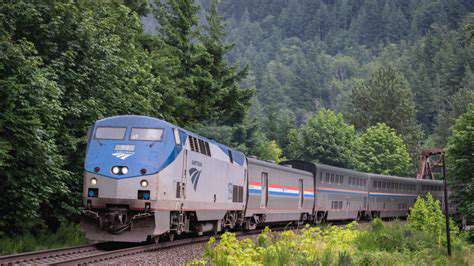


![How to Pack a Carry On Only [Minimalist Guide]](/static/images/27/2025-05/AccessoriesandDocuments3AKeepingitCompactandOrganized.jpg)
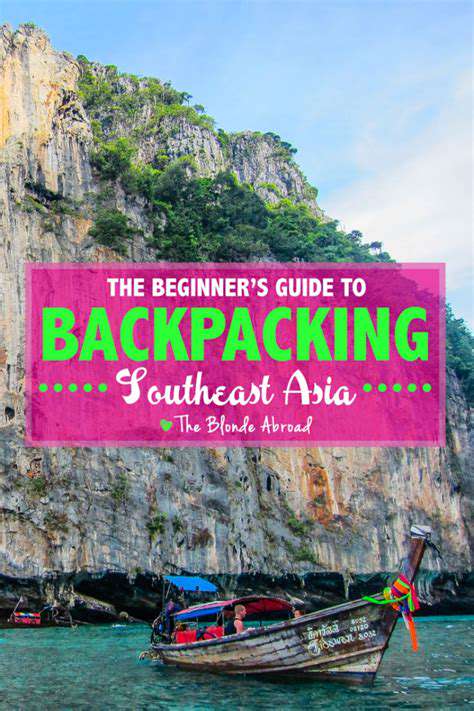
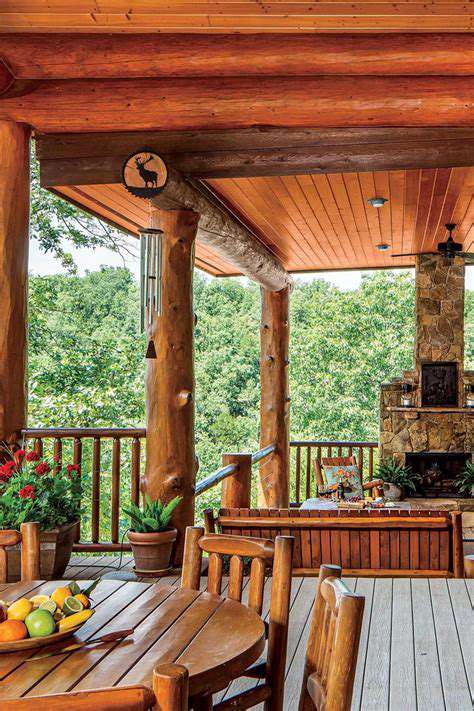

![Top 10 Adventure Destinations in the World [2025]](/static/images/27/2025-05/ConqueringtheHimalayas3AMountaineeringandTrekkinginNepal.jpg)
